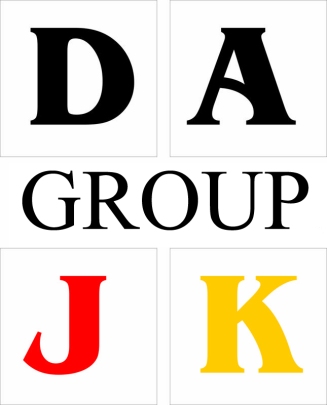Net lease investor’s objective is:
1) his target CAP rate;
2) with high or with the lowest net lease management fee.
There is a San Diego-based Net Lease Management.
http://netleasedmanagement.com/
“Net Leased Management is a cost-effective administrative and management support solution for net-leased property owners. For a small monthly fee, Net Leased Management provides accounting services, monthly financial reporting, lease administration, property-tax compliance and insurance compliance; handles any landlord obligations; and conducts site visits as needed. We also provide access to a master insurance policy for investors to capitalize on bulk pricing and increased limits.”
Please note a Higher CAP rate is higher the risk and more involvement with property management.
Is there any alternative without paying fee or paying the lowest to net lease management?
Yes, I highly recommend all our clients/investor to select only a true triple net lease or an absolute NNN lease.
The more fees investor is paying for a third party; his return of investment would be reduced proportionally as well.
In fact, different net lease investor has different investment objectives. My task is providing all options both pros and cons and both advantages and disadvantages.
Strategically, when the net lease investor combines with his high taxable income with his net lease investment, it would be a greater benefit for him in a long-term investment.
This strategy would accomplish reducing taxable liability: converting his short term to long term gain which in turn will be taxed at the lowest tax bracket, his fixed income from lease revenue is a passive income to an investor. [Learn more…]
I would inform all my clients about these options and they need to decide how they would like to proceed.
Growing, Evolving and Pushing Forward!
Related articles:
- Big Buyer of Net Lease Report – March 2015
- Top 6 Terms You Should Know Before Investing in net lease commercial real estate
- First Key selection of net lease Commercial Real Estate investment…?
- Net Leased Commercial Real Estate (NNN CRE): Step #2
- Should you invest in Net leased commercial Property? Or Multifamily or Self-Storage?
- How much McDonald invests in net lease commercial real estate?
- TOP Net Lease CRE Investment Books – April Selection! **Additional 10% discount!
- Case Study: Sale-Leaseback Technique of Wendy’s and McDonald
- What is an alternative investment real estate versus vacation home…?
- In Hong Kong, the “Mosquito Apartments” sells for $US 2,872 per square foot
- Net lease or Triple-net Lease is an Alternative Solution for Removing 12 Headaches in Real Estate Rental
- Net Lease Case Study: Family Dollar
If you would like to inquire about our Concierge Services, please sign-in our free consultation
Shop Amazon Corner – Get the New Kindle Fire HDX Tablet
*** TAKE ADDITIONAL 10% OFF for ALL FIRST TIME PURCHASER
DAJK GROUP is the place where investors, business owners and entrepreneurs can research and find useful information, insight, resources, advice, guidance and inspiration for acquiring funds for their project, acquisition for their net lease commercial real estate, increasing their assets and running their profitable business.
Our group of expert Oil Trader, Commercial Real Estate Specialist, Asset Management, and Business & Financial Analyst, can help to answer all your questions and to provide you with investment alternative and options catered to your investment strategy. Sign-up for a free 30-minute consultation with us now!
























